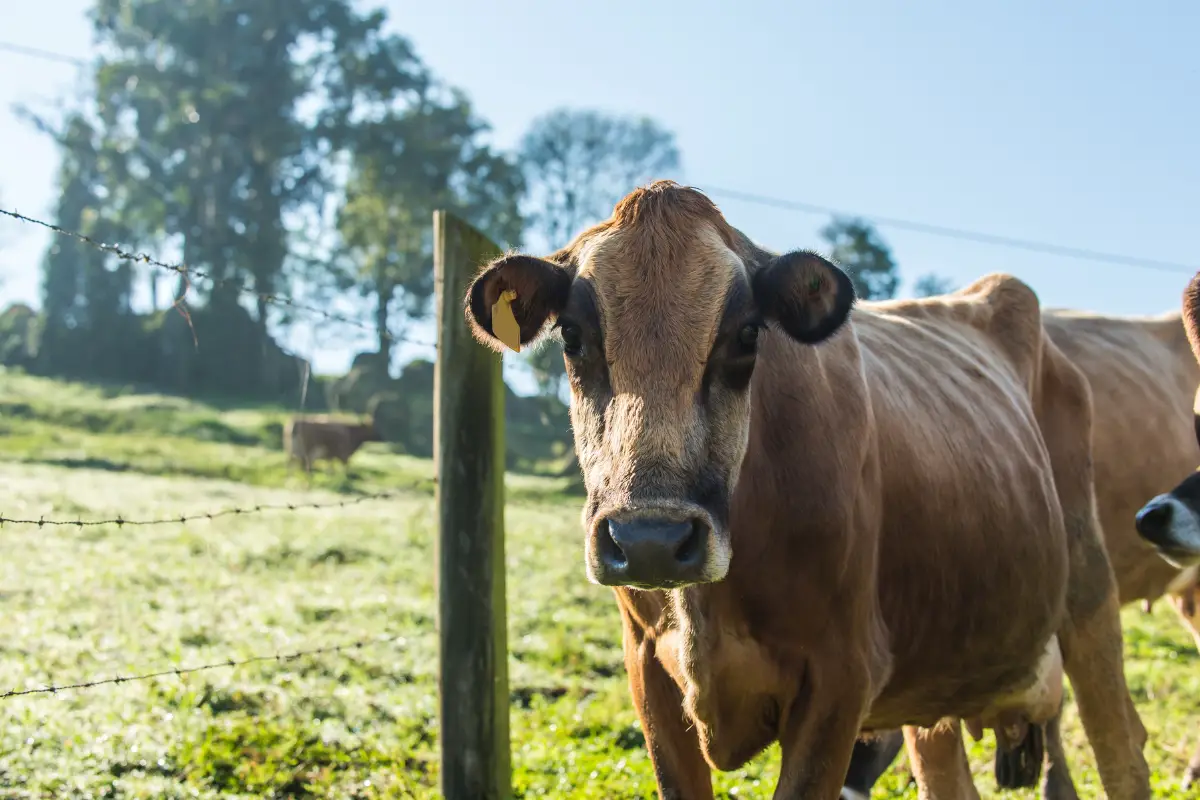Ethical Considerations in Cattle Breeding
Cattle breeding and selection practices have advanced considerably over the past decades, allowing for improved production traits like faster growth rates, higher milk yields, and better feed efficiency.
However, some of these practices raise ethical questions regarding animal welfare, environmental sustainability, and impacts on rural communities. In this blog post, we will provide an overview of common cattle breeding practices, discuss associated ethical considerations, and explore potential solutions.
Common Cattle Breeding Practices
1.Artificial Insemination
Artificial insemination (AI) involves manually collecting semen from a bull and artificially introducing it into the reproductive tract of a cow or heifer. AI allows farmers to improve genetics by using semen from elite bulls on their own herd. Over 99% of Holstein dairy cows in the US are bred using AI.
2. Embryo Transfer
Embryo transfer involves fertilizing eggs from a donor cow in vitro, then transferring the embryos into recipient cows to gestate and give birth. This expands the reproductive ability of genetically superior females. In 2014, over 500,000 embryo transfer procedures were performed globally.
3. Genomic Selection
Genomic selection uses genetic markers across the genome to calculate genomic estimated breeding values for selection candidates. This allows more accurate assessment of traits early in life without waiting for progeny data. About 33% of US dairy AI bulls are now selected based on genomic evaluations.
4. Sexed Semen
Sexed semen processing separates X-chromosome (female) and Y-chromosome (male) sperm cells through flow cytometry. Using sexed semen allows farmers to bias the gender ratio of offspring. Sexed semen use is growing, with over 15 million sexed semen doses sold globally in 2013.
Ethical Considerations
1. Animal Welfare
Some breeding goals and technologies raise animal welfare concerns. Selecting for increased productivity can negatively impact fitness traits and health. Confinement of donors and recipients for embryo transfer may cause stress . Evaluating welfare impact should be integral to new breeding programs.
2. Loss of Genetic Diversity
Widespread use of a small number of sires and emphasis on specific breed goals reduces genetic diversity within cattle populations. Monitoring and maintaining diversity is important for resilience against future challenges like climate change and disease. Public gene banks help address this concern.
3. Environmental Sustainability
Selecting solely for increased productivity often correlates with negative environmental impacts, like higher methane emissions per animal. A more balanced breeding approach is needed to enhance sustainability alongside production goals.
4. Rural Economies and Livelihoods
Advanced breeding programs favour large operations with the resources to implement new technologies. This can accelerate trends towards concentrated production and consolidation in the cattle industry, impacting livelihoods in rural areas. Concerns for smallholder farmers and rural communities should be considered.
Solutions and Recommendations
1. Setting Multifactorial Breeding Goals
Breeding programs should account for not just productivity but also fitness, welfare, efficiency, environmental impact, product quality, and ability to thrive in diverse environments. Genomic selection enables more complex breeding goals across many traits simultaneously.
2. Adopting Welfare-Focused Practices and Technologies
Technologies like low-stress cattle handling facilities, in-line milk meters to monitor health, estrus detection devices, and pain mitigation strategies for procedures like dehorning can improve welfare in commercial breeding operations.
3. Supporting Gene Banks and Conservation
Public gene banks maintain diverse genetics that producers can access for breeding programs. Continued funding supports conservation and genetic diversity. Government and industry support for rare breed conservation is also warranted.
4. Enacting Policy Reforms
Government funding incentives, corporate sustainability initiatives, and industry standards and regulations can encourage more ethical and sustainable breeding practices. Consumer labeling and transparency programs are other policy tools to enable consumer choice.
Conclusion
Implementing advanced cattle breeding technologies without considering ethical, environmental and social implications can have negative consequences.
Following solutions like multifactor breeding goals, welfare practices, and conservation programs can allow cattle production to progress responsibly and sustainably. Overall, accounting for wider ethical considerations in policy and practice will benefit cattle and cattle producers alike.


